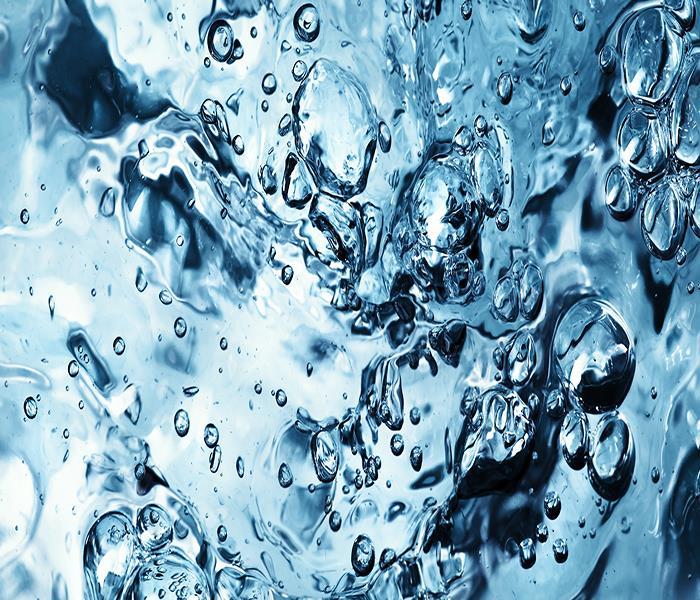Simple Steps for Preventing Water Damage in Your House
12/1/2015 (Permalink)
Water damage can slowly destroy a building. A problem many homeowners face is that there are multiple points throughout the house where water leaks can occur. This can make detecting and stopping water damage difficult. You should know about some simple steps to help prevent water damage in your home.
Examine Appliances for Leaks
The first step is to examine the appliances in your home for leaks. Appliances that use water such as washing machines and dishwashers can potentially cause a large amount of damage over time. You want to look at the hoses and connections that attach the appliances to the water supply. Feel the hoses and look for leaks, corrosion or other damage. Replace any damaged or leaking hoses immediately. You also want to check the ground under and around appliances in case there is other damage inside allowing water to escape.
Thoroughly Inspect Your Plumbing
One of the largest potential sources of water damage in your home is the plumbing attached to your sinks and fixtures. Even a small leak can release gallons of water that will rot away the floors and structure of your house over several months. You need to thoroughly inspect your plumbing on a regular basis. This does not take long. Look at the pipes under your sinks, faucets and around your showers. Look behind your toilets. You want to look for any unexplained moisture, rusted connections or signs of damage on the floor and walls. If you do find a problem, then call a licensed plumber immediately to repair the pipes.
Maintain Your Water Heater
Your water heater can do damage to your house if it is not maintained. Your water heater is not intended to last forever. As it starts to wear down over the years, it will become more of a threat. The seals and structure of your water heater will begin to fail. This can allow water to constantly leak out and onto the floor beneath. The result could be foundation damage if the water heater is in the basement or damage to the floor in other parts of the home. You want to maintain your water heater, have it inspected every year or two and replace it every ten to fifteen years.
Know the Location of Your Main Shutoff Valves
A final step is to know the location of the main shutoff valves in your home. These are the valves responsible for allowing water to enter your home from a municipal supply or well. Memorize the location so that you can quickly cut off the water to your house if a major leak occurs. This can stop water damage from getting worse. Take a close look at the valves and make certain you understand how to use them.
Our Water Damage Restoration Process
Every water damage situation is a little different, and requires a unique solution, but the general process stays the same. The steps listed below illustrate our process for the “typical” water damage emergency.
Step 2: Inspection and Damage Assessment
Step 3: Water Removal/Water Extraction






 24/7 Emergency Service
24/7 Emergency Service
